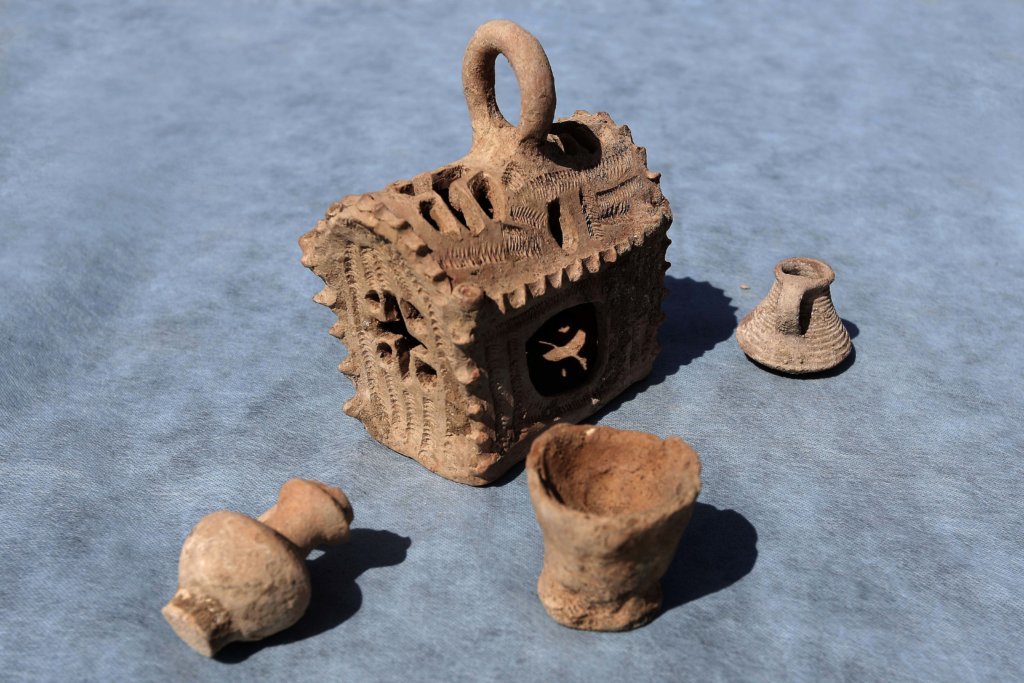WASHINGTON — Since 2016, millions of people have swabbed their cheeks and shipped off their spit to learn more about their ancestors through DNA analysis.
But the technology that pieces together family trees is not limited to humans. Scientists are using the same genome-mapping approach to better understand the history of wine.
“[Scientists can] figure out who the parent was of, say, chardonnay or merlot … and even get some informed guesses on where they originate,” said Kevin Begos, journalist and author of “Tasting the Past.”
“And it gives a whole huge amount of information, not just about the family tree … but it starts to tell them where certain flavors can come from, just like we have genes that can make us grow tall or have good eyesight or things like that.”
For most of his life, Begos drank the usual varieties of wines stocked in stores and printed on menus. But that all changed 10 years ago with a chance pour from his hotel mini bar in Amman, Jordan, where Begos was reporting on medicine in the Arab world.
The wine was from Cremisan Winery and Monastery, located between Bethlehem and Jerusalem. Begos said the grapes used to make the wine had “unusual names,” like jandali, hamdani and baladi, and when he returned home to the U.S., he couldn’t find anything like it anywhere.
“But it started me thinking about all the things I didn’t understand about the history of wine and the origins of wine, and that led me to scientists who were using DNA to rebuild the genealogy of grapes and understand where winemaking began,” Begos said.

In his research for “Tasting the Past,” Begos learned that winemaking began at least 8,000 years ago in the Caucasus mountain region that includes Georgia, Eastern Turkey and Armenia. Back then, the drink was used to celebrate rituals, such as religious services and harvest festivals. About 5,000 years ago, larger quantities were made for trade.
These areas are still home to a number of regional grapes, many of which are overshadowed in the global market of merlots and malbecs. (Some of Begos’ favorites include hamdani and jandali, which he describes as having floral and citrus notes.) Even countries such as France and Italy have lesser known regional grapes that offer something different from the usual suspects.
Begos said, “There’s a lot more out there than I ever realized.”

Consumers, especially those near coastal cities, won’t have as tough of a time locating these wines as Begos did at the start of his journey. He said more distributors are sourcing them and more wine stores are stocking them. (His book includes a “where to buy” section for those interested in tracking down a few bottles.)
“And the really nice thing I found is that a lot of these wines are really affordable because you’re not paying the premium that you do for Burgundy or Bordeaux,” Begos said.
Digging into the DNA of wine does more than uncork its history. Begos said scientists are starting to pinpoint where, in the grape’s genome, qualities such as flavor and aroma are located.
“That’s where it ties into the future, too. It’s not just cool genealogy, but it could help make even better wines in the future,” he said.
It’s also leading to a renewed interest in American wild wine grapes. (As Begos put it, concord grapes make great jelly, but there’s really never been a good concord wine.)
“It turns out, [researchers] may be able to use this DNA information and breeding to crossbreed some new American grape varieties that make great wine,” he said.







